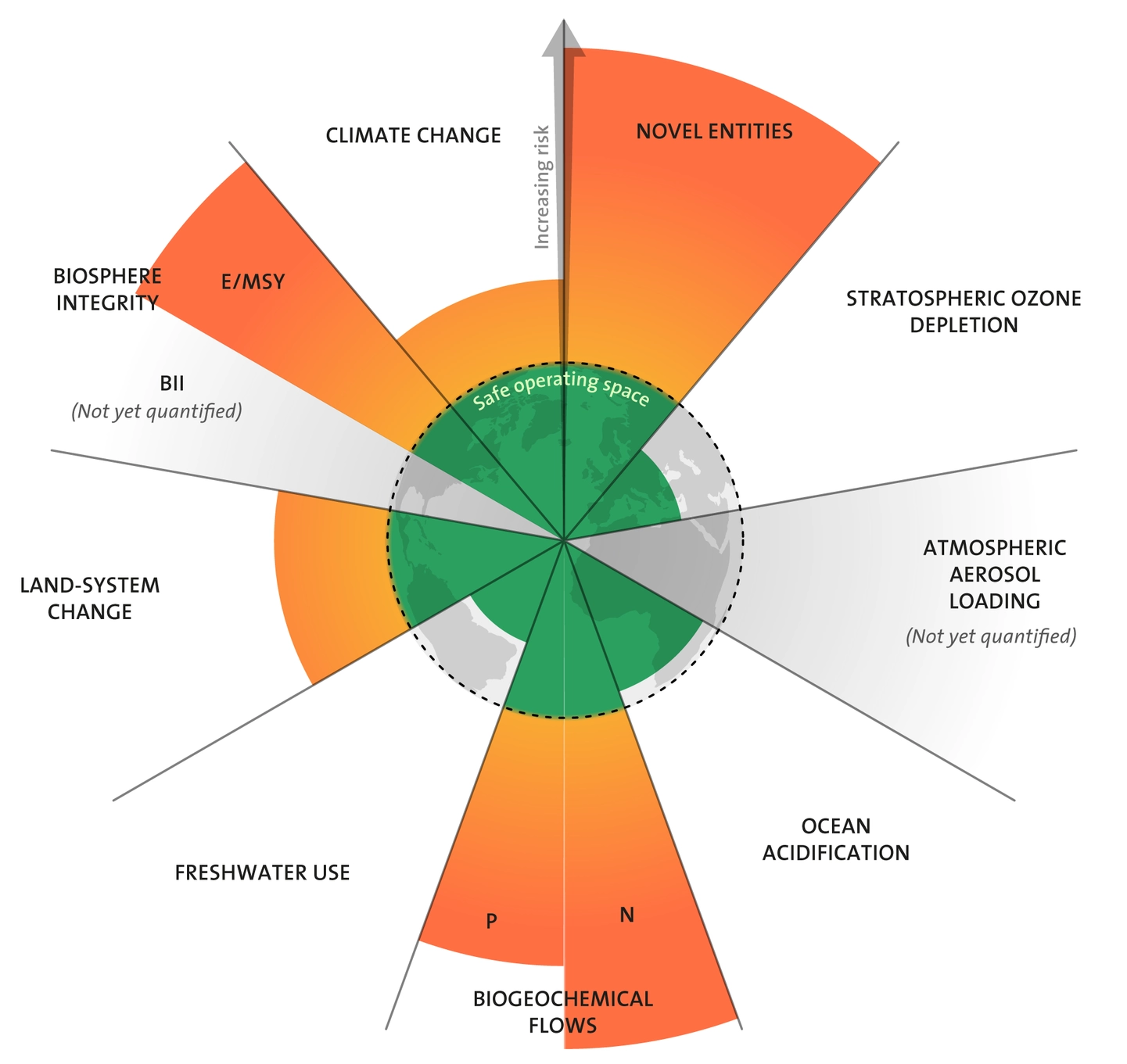Story Guide
How did you like the story of Prof. Stephen Carpenter?
This page helps you review and deepen your understanding of the story. Some of the content is available only in this story guide.
[Target Audience: 10 years and older]
Quiz game!
Q1: What did Prof. Carpenter do to clean the lake that suffered from algae bloom? Choose one of the following three options.
Q2: Prof. Carpenter warns that using large amounts of phosphorus is a serious problem for the global environment. What is the problem? Choose one of the following three options.
Answers:
Q1: What did Prof. Carpenter do to clean the lake that suffered from algae bloom? Choose one of the following three options.
Answer: 3. He increased the number of large fish living in the lake.
Prof. Carpenter increased the number of large fish and decreased the number of small fish while also increasing small organisms that eat algae (a type of Daphnia). These organisms then become food for the large fish. As a result, he reduced the excessive growth of algae, called algae bloom, and successfully cleaned the lake.
Q2: Prof. Carpenter warns that using large amounts of phosphorus is a serious problem for the global environment. What is the problem? Choose one of the following three options.
Answer: 2. Phosphorus flows into rivers and oceans and causes eutrophication, which damages ecosystems.
If the annual flow of phosphorus into rivers and oceans exceeds the planetary boundary value of 11 million tons, the planetary boundary value, the excessive nutrients cause the number of organisms to increase at an abnormal rate. These organisms then consume oxygen in the oceans, making it difficult for fish to survive. At present, about 8.5 to 9.5 million tons of phosphorus flows into the oceans annually. If this continues, large numbers of fish will die. Meanwhile, phosphorus is a limited resource. If we continue mining it, supplies will be exhausted within 100 years. A large amount of phosphorus has been used in agricultural fertilizers. If phosphorus is no longer available for fertilizers, we may not be able to produce enough food for the future. Used phosphorus mostly flows into oceans and lakes, and does not cause air pollution.
Important points!
Changes in the number of top predators in food webs affect the number of other organisms even if they are not direct targets of predators.
Eutrophication is caused by a wide range of human activities.
More details!
In this section, we provide a more detailed explanation of Prof. Carpenter's research on the phosphorus cycle as part of his involvement with the planetary boundaries concept.
It identifies the nine critical indicators that define the "safe operating space for humanity" on Earth, including climate change, biodiversity loss, and the nitrogen and phosphorus cycles that Prof. Carpenter studied.

Credit: J. Lokrantz/Azote based on Steffen et al. 2015.
Let's learn more about the phosphorus cycle.
Phosphorus is mainly extracted from phosphate ore and is used in agricultural fertilizers, tooth paste, and a wide range of other products. Approximately 20 million tons of phosphorus is mined annually, and about 8.5 to 9.5 million tons flow into the oceans due to human activity. This is about eight times the amount that would flow naturally into water if it were not for human activity.
Eutrophication of lakes and oceans leads to the destruction of ecosystems. The concept of planetary boundaries sets the limit of phosphorus that can be allowed to flow into oceans at 11 million tons a year to ensure the safety of the planet. Considering the current figures, the situation is already critical.
According to Prof. Carpenter, phosphorus pollution has already reached levels that are beyond what the Earth can support, adversely affecting water resources around the world. It is important to keep phosphorus in the soil and prevent it from flowing into rivers and oceans to keep the circulation of phosphorus within a stable range. During rainfall, one effective method is to plant different crops after harvest. Planting vegetation with deep roots along riverbanks can also help prevent phosphorus run-off.